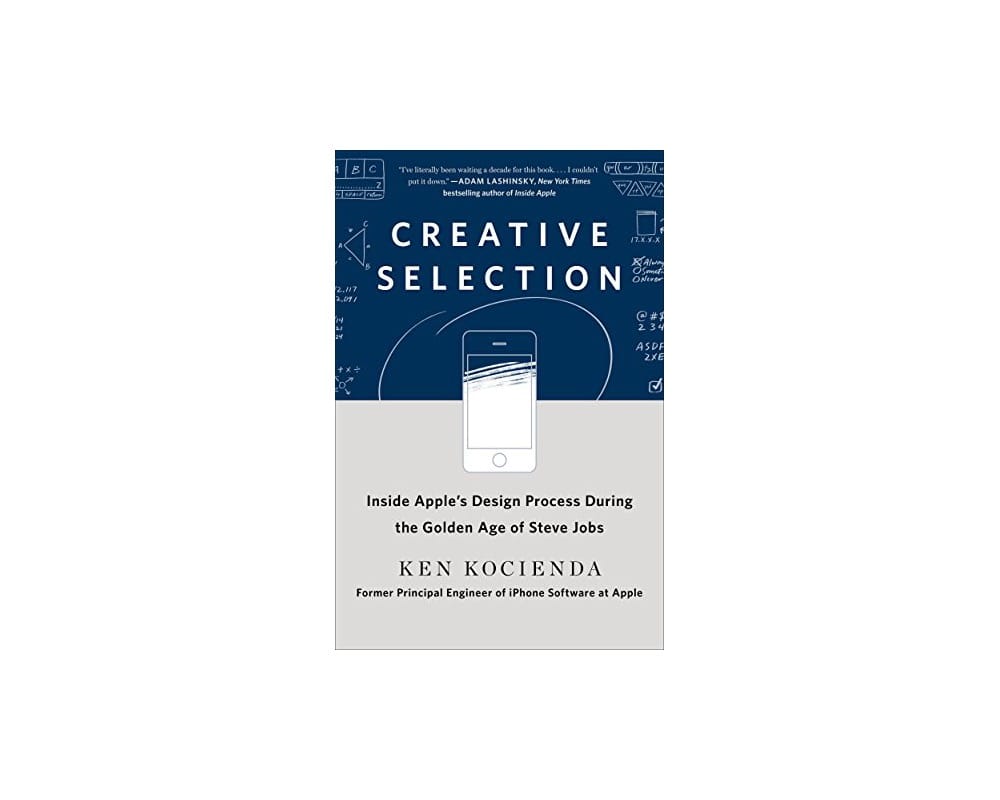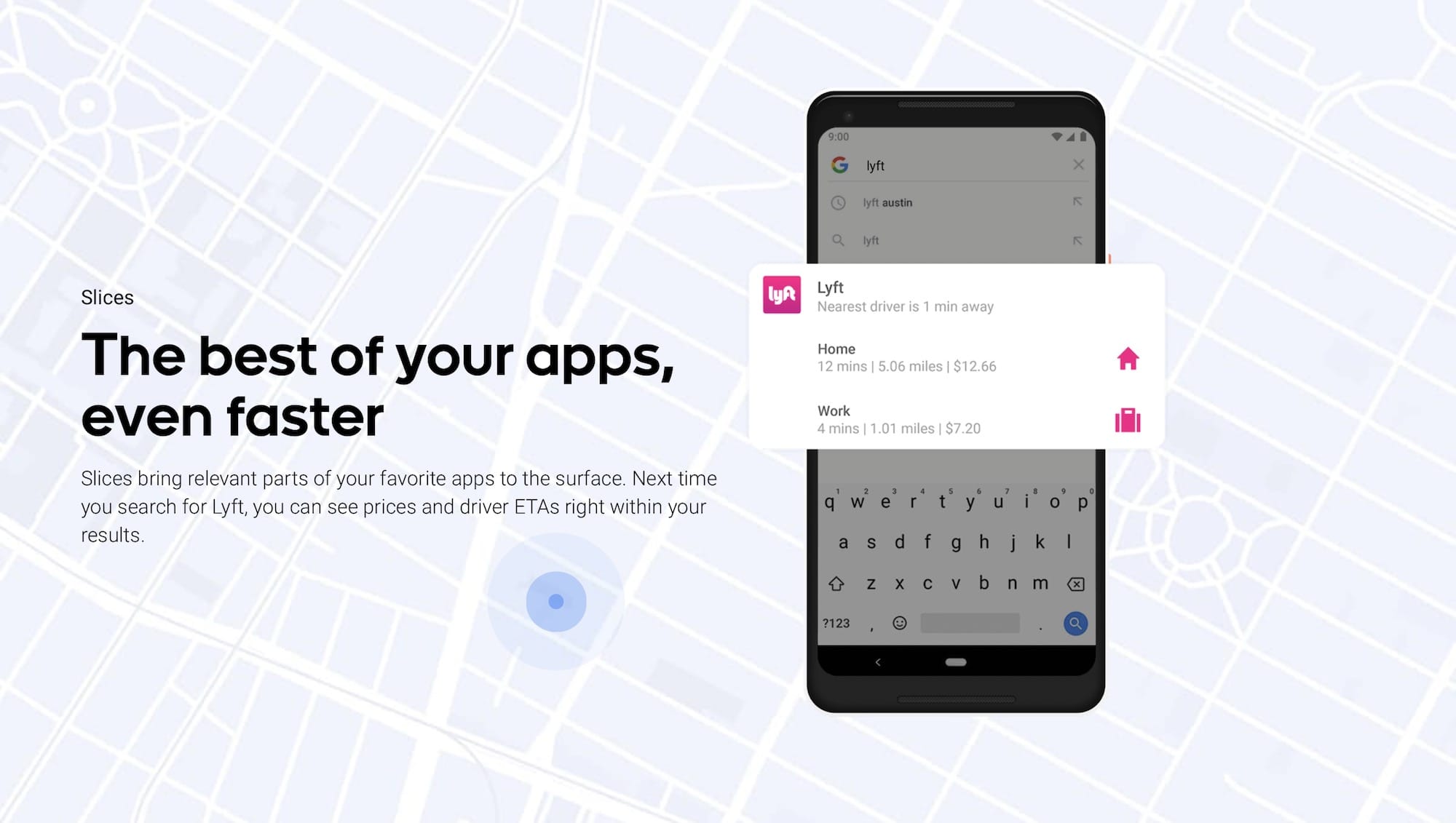Matthew Panzarino, for TechCrunch, details how Direct Transfer works and what it’s limitations are:
Much of the iPhone 11 Pro’s setup process has remained the same over the years, but Apple has added one new feature worth mentioning: Direct Transfer. This option during setup sits, philosophically, between restoring from a backup made on a local Mac and restoring from an iCloud backup.
Direct Transfer is designed to help users transfer their information directly from one device to another using a direct peer-to-peer connection between the two devices. Specifically, it uses Apple Wireless Direct Link (AWDL), which also powers AirDrop and AirPlay. The transfer is initiated using a particle cloud link similar to the one you see setting up Apple Watch. Once it’s initiated, your old iPhone and new iPhone will be out of commission for up to two to three hours, depending on how much information you’re transferring.
The data is encrypted in transit. Information directly transferred includes Messages history, full resolution photos that are already stored on your phone and any app data attached to installed apps. The apps themselves are not transferred because Apple’s app signing procedure locks apps to a device, so they must be (automatically) re-dowloaded from the App Store, a process that begins once the Direct Transfer is complete. This also ensures that you’re getting the appropriate version of the app.
Once you’ve done the transfer, the data on your phone is then “rationalized” with iCloud. This helps in cases where you have multiple devices and one of those other devices could have been making changes in the cloud that now need to be updated on the device.
Apple noted that Direct Transfer is good for a few kinds of people:
- People without an iCloud backup
- People who have not backed up in a while
- People in countries where internet speeds are not broadly strong, like China
- People who don’t mind waiting longer initially for a “more complete” restore
Basically what you’ve got here is a choice between having your iPhone “ready” immediately for basic functionality (iCloud backup restore) and waiting a bit longer to have far more of your personal data accessible from the start, without waiting for iCloud downloads of original photos, Messages history, etc.
Direct Transfer also does not transfer Face ID or Touch ID settings, Apple Pay information or Mail Data, aside from usernames and passwords.
After iPhone Migration is complete, the Messages content from the device will be reconciled with the Messages content in iCloud to ensure they are in sync. The same is true for Photos stored in iCloud.
My plan was to make a full iTunes backup (under MacOS Mojave) and then restore it to the iPhone 11 Pro, which I would then upgrade to iOS 13.1 beta (13.0 is buggy), but I’m worried iTunes won’t like iOS 13.
Oh, about that improved Face ID angle — I saw, maybe, a sliiiiiiight improvement, if any. But not that much. A few degrees? Sometimes? Hard to say. I will be interested to see what other reviewers found. Maybe my face sucks.
I was hoping for a distinctly wider Face ID, even wider than the system on the iPad Pro.
On a tripod or another stationary object, Night Mode will automatically extend up to a 10-second exposure. This allows for some great night photography effects, like light painting or trailing.
Now this is a first! I’ll be extremely interested to test this out.
We are truly in a golden age for taking pictures of dark shit with phone cameras.
I chortled when I read this.






